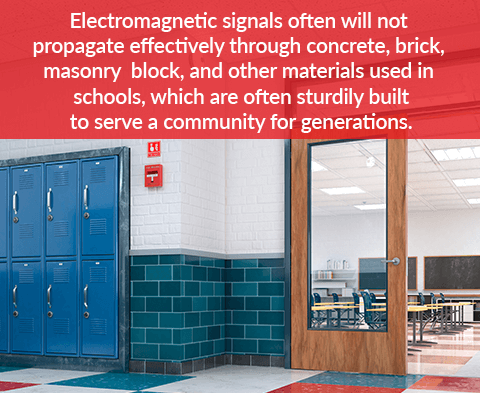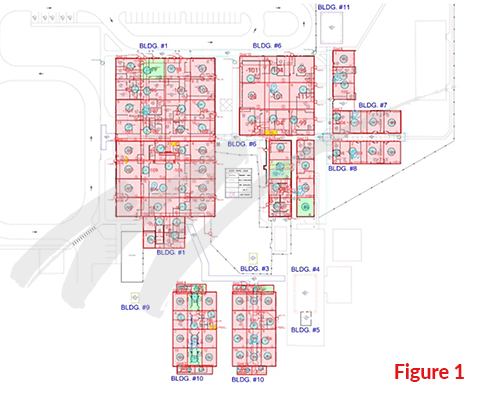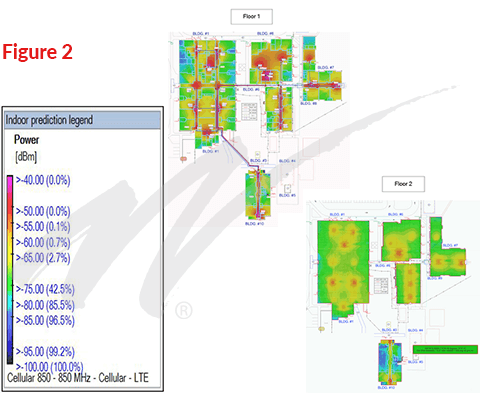The following is a case study published by Alliance partner Westell.
Schools should be a safe place. Everyone agrees that children should spend their school days in a safe learning environment. Parents, teachers, and school personnel don’t want to worry about school safety.
Unfortunately, violent trends across the U.S. are making people worry. Shootings in schools – once almost unthinkable – are on a tragic upswing. In the 2020-2021 school year, 93 school shooting incidents involving injuries or deaths were reported, the most in the 21 years since the government started keeping that grim statistic.
School administrators, their community partners, and experts in the field are responding with safety and response plans embracing the cross-functional responsibility of school safety. Multiple school departments, local first responders, and other outside agencies, teams, and experts all contribute knowledge and expertise throughout the planning and implementation process to enhance school safety in the face of potential and unknown threats…
Building materials are the leading cause of poor RF signals indoors. Electromagnetic signals often will not propagate effectively through concrete, brick, masonry block, and other materials used in schools, which are often sturdily built to serve a community for generations. Those solid, thick walls and floors block electromagnetic signals, including emergency responder radio transmissions, cell phone connections, and Wi-Fi.
Wireless communications (radio contact) with someone inside become difficult or impossible, particularly if they are in central areas behind/beneath multiple walls or floors. The RF signals need a boost.


Lee County school officials contracted Westell-certified integrator Industrial Communications to perform a radio frequency assessment. Such assessments identify and locate problem areas with poor or non-existent indoor RF signal.
After such RF assessments were completed at all Lee County district schools, the next step was to design and implement an ERCES system to extend RF signal coverage at each site. Industrial Communications developed an RF design utilizing tools to predict how the signal levels would be enhanced by installing an antenna system.
